|
Some pictures of the Group in our first Study, Dinner on Monday Night, that pile of meat was insane, every thing you can thing of sans pork, of course! Then Dr. Ruth Calderon and Micael Oren. After that there are some driving Pics, and a series from the Peres Center. Finally a Picture of the the Mount of the Beatitudes. I have some more and better pics, but internet is slow and it is bed time!
0 Comments
My disclaimer, This is more of a thought dump and I am still on jet lag which means it has not be edited so be warned all of my english folks!!!
So I have to say there has been a unreal ness to the trip to this point. Of course yesterday was kind of a nothing day as we landed made our way to the hotel and tried to keep our zombie selves awake so we could have a somewhat normal sleep. Personally, I had the fun of swimming in a salt pool at the hotel. As a group we got to meet the group and what a group this is. People ranging from current and former seminary presidents, nationally recognized Jewish leaders, and a few like me! Today we jumped right in to the program. We stared the day with former Knesset representative Ruth Calderon. She did a Talmudic study for us that was both moving and enlightening. The passage that she shared was on Rav Rahumi translated from Aramaic to be rabbi Love. A fascinating passage that taught us about love, priorities and balance. An interesting insight is that in Aramaic Love is connected to the womb, I am still thinking about what that might mean as an insight for Jesus who most likely taught in that language. It was an awesome way to start the real meat of our trip especially since she started very close to where I stopped with my Doctoral work with getting people to focus on the story first, then engage the difficult things. She said when there is a lot of drama and tension people go back to the ethos in which the believe they belong instead of creating solutions. Not surprisingly she shared that there is no sharing stories in the Knesset because it is difficult to live the story because the tensions too high. I did tape this study so hopefully I will have some time when I get back to edit that and post it. The second speaker was former Israeli Ambassador to the US and Recently elected member of the Knesset Michel Oren. He brought us a very honest “off the record” talk which was both enlightening and challenging to hear. I won’t go into all of what he talked, that could be a dissertation once the interpretation was added, but I was struck by how similar the economic situation in Israel is to San Jose. Both with a great disparity of the haves and have nots. This is before adding in the Palestinian issues. It was also interesting to hear the perspective of an Israeli politician on the frustration in the peace process as well as his longing for a peaceful two state solution. He also went on to help us to get some understanding of Netanyahu’s “change” in stance. Which he said was not really a change more of a admission of the reality of a situation where a peace process can’t happen if both sides cannot even recognize each other legitimacy equally. As for Israel, I learned that 20% of the Knesset does not even recognize the legitimacy of the state of Isreal (Half of those are Ultra Orthodox Jews!). Also according to Michael, 70% of Israeli’s support the two state solution, yet 70% do not recognize it’s legitimacy. All of this makes you wonder if Peace can happen. That is when they brought us to the Peres Center for Peace. WOW! This place is doing what I hope our church would be doing, instead of perpetuating the fighting or even taking sides they find ways through mutual needs and sports and other youth outreach to build relations with Jews and Arabs in Israel and Israeli’s and Arabs between Palestine and Israel. The have now brought thousands together and have the independent confirmation of the effectiveness. Being that over half of the population of Palestine is under 16 changing mindset will help to build trust and a hopeful future. They also run this incredible Medical outreach which brings children from the Palestinian territories into Israel for needs which cannot be met in Palestine. This touches hundreds of kids every week! But they don’t stop there! They are also working on training the doctors so they can go back to serve in Palestine after serving a residency in Israel. While this program is not about peace, the communication and stories connect people in a way that build bonds of trust. If you have not figured out the theme of the day for us today, it has been the power of story and understanding the humanity and personhood of all people. Without the recognition of an individuals personhood we are stuck in a situation which rejects the possibility of peace. It is not removed from the situations at home between police and minority communities, or communities that reject affordable housing because they do not want those people in their neighborhood. This thought was really brought home in our afternoon study of the beatitudes at the mount of the beatitudes. We all recognized that this location is probably apocryphal but walking through the garden, reading the scripture was moving. When a Rabbi pointed out that if it were on that mountain, or one of the others around, here was Christ teaching about how to interact with the occupier while maintaining identity and focus on the message. We also had some fun swimming in the sea of Galilee and these feasts which, well I have not eaten so well for a long time! Last year, around this time I was stuck on the eighth hole at a golf course in Sunnyvale. With no movement from the group ahead I checked my phone to see if any new messages had come. Unfortunately one had, my assignment for GA, the Middle East committee, one of the most controversial committees at the General Assembly. Unfortunately the rest of my golf game went from fairly good into the toilet, as new thoughts and worries overtook me!
As a denomination, the Presbyterian Church does garner respect for our academic and thorough study of any issue that we get involved with. The sad thing that I feared, and learned to be true, was the power of emotion over facts. I have written a lot about this over the past year and my disappointments with the result of the General Assembly’s vote on the Middle East affairs. However, through the process I have gained a lot of knowledge about the conflict and really saw how groups often manipulate the message and use others to further agendas, which under the auspice of peace would create systems that were anything but peaceful. When I said that last sentence to a friend their response was “so they blow each other up, that is not our problem.” I was taken aback, mostly because I could have seen myself in the past saying the same thing. The problem is that when injustice happens you can sit on the side and let others do the work, or you can get involved and hope to bring peace even if it does not look exactly like what you wanted. Soon after I got back, Rabbi Melanie Aron reached out and said that she was working in a new group that was trying to advocate for a peaceful two-state solution but to advocate in a multi-faith, open way. So I, after a discussion with the Session, joined the leadership team for the interfaith Partners for Peace. Their goal is to build grassroots interfaith partnerships for peace among Israelis and Palestinians. This trip marks one of the first missions of this group. You can follow my experiences with this mission next week on my Blog http://www.yatt.org/blog. Or you can visit the Facebook site for the trip HERE or the Website for the Trip HERE. Why is a narrow strip of land so important to its inhabitants and to the members of the three great monotheistic religions? Interfaith Partners for Peace will journey to the Holy Land to experience and understand the land and its people as they do themselves. We will encounter the many narratives of Israelis and Palestinians, and we will hear from partners there who are working to build a more peaceful and secure future for both peoples. We will start in Tel Aviv, then travel to Christian holy sites and areas where there have been fascinating archeological discoveries. We will travel on to Jerusalem, Ramallah, and Bethlehem. Along the way we will study the sacred texts that make the land so special. We will open our hearts and minds to one another and to the amazing people we will meet along the way—including Christian, Jewish, and Muslim religious leaders, Israeli and Palestinian officials, journalists, scholars, civic leaders, and next-generation social entrepreneurs. In Christ, Bryan “Faith is having enough knowledge to have an understanding of God, but not the experience to fully understand Him.” There are many definitions of faith from practical to scholastic. This definition is one that a friend of mine came up with when we were in our confirmation class as she was explaining faith. There is a certain truth that comes from being a child.
At 13 we were just coming to realize that there was a world beyond our homes, and that not everyone had the same life experience. It was an awesome time when we still had enough child to be in awe and wonder, but enough wisdom to understand the world a little better, yet without the contempt that came with just a few more years. Thus, you can see how this definition can come from a child at the precipice of adult life. While some may discount this definition because of the age of the one who said it, it does not make it any less relevant. In fact, as I said before, this is a definition I think about often. In the letters of John, especially the first, the author refers to his audience as children. Now many may have been chronologically children, but most likely the author is referring to their state of faith maturity. Most likely they were newer converts trying to discover and understand the basics of being a Christian. As the pericope states to the reader that we have to remember that we are very much like children when it comes to faith, since all of life has yet to be revealed to us. As Paul might chime in “For we know only in part, and we prophesy only in part; but when the complete comes, the partial will come to an end. When I was a child, I spoke like a child, I thought like a child, I reasoned like a child; when I became an adult, I put an end to childish ways. (1Co 13:9-11 NRS). The writer of 1 John says “what we will be has not yet been revealed.” Though even though we have a lot to learn and grow from, there are some very real basics to how we choose to live our lives. This is not too dissimilar from the rules that children live by to keep them safe; these rules are to help us keep focused as we grow in faith. The biggest difference is the fact that we are born children but at a point society (despite our parents’ desires) claims us as adults. In faith we have a different role and reality in that we will always be children because the fullness of life is revealed not in this life, but in the next. This means that we are forever learning and growing in our faith, and though this exercise is incomplete, the more we pursue it the better understanding we have, even though completeness will elude us. So we can boldly say that we have faith as Christians, but to say we have faith is not to claim full knowledge or even full correctness. Rather it is to make a statement that we are in a relationship pursuing a greater truth letting our knowledge and understandings guide us, but also accepting the mystery of the one experience that will elude us in this life to reveal the full knowledge of faith. As we think towards this Sunday, think about ways in which you are still a child. Do you hold on to the awesome wonder that you did when you were young? Do you listen for and to the direction of others? Do you allow yourself to be guided, while still seeking the answer to every child’s question, Why? In Christ, Bryan This Sunday the lectionary gives us one of my favorite Psalms. Psalm 133 is part of a grouping of Psalms called the Psalms of Ascent. Traditions suggest that these were part of pilgrimage journeys to and from Jerusalem, though there is also evidence that the Hebrew people used the Songs of Ascent as they were driven from the Promised Land into slavery under the Babylonians.
One of the more interesting insights into the Psalms of Ascent came to me at a lecture by Derrick Bell over 20 years ago. He had just finished his part history, part science fiction book Gospel Choirs. Through research, he saw a connection between the Psalms of Ascent and the Gospel Hymns of the Underground Railroad. He pointed to the obvious simplicity in words, but complexity in meaning. In other words, you can get meaning from reading them, but you can also see how they are pointing to something more. A great example is the psalm that we have this week. On the surface it is a pretty psalm extoling the virtues of unity as something beautiful. But underneath there is something else brewing. In fact, the beauty of unity only comes when we work at it and when we accept it. In Psalm 133 there are two examples of the beauty of unity: the precious oil on the head and the dew of Hermon. Both the oil and the dew are natural, but neither is constant. Dew falls only in certain situations, and as one of my friends pointed out the first time I exegeted this passage, it is very rare for the right situation to occur at Mount Hermon. We also know that oil is not easily attained, in some way it needs to be processed, extruded, or mined (though that would not have been relevant at the writing of the psalm). Together the images suggest that unity is not something that just happens. Like the oil it needs to be worked at, and like the dew, it needs to be the right circumstances. This has a great deal of connection to our world today. So often we hear calls for unity and strength within countries, communities, and even churches, but we often want this unity to just happen mainly because we want it to happen. This never works. It would be like expecting to ace a test without ever studying, or getting a promotion with never doing more than the bare minimum at work. But work alone does not promise unity; other factors have to play into unity, especially the natural order. As Christians we build on this idea of unity, which is found in Psalm 133. We recognize that we start our understanding of unity as being tied to the resurrection. This act ties us as kin and thus a family of believers who have potential for unity. Second, we work towards being the church, lifting each other up, caring for one another, turning from the negativity and other trappings of this world and turning to Christ. Finally, the unexpected grace which smooths over our lackings and helps us to see that glimpse of heaven. Last Sunday, I think many of us saw that beauty presented at our worship, where everything aligned and we had one truly exceptional moment with God. As we think about the coming Sunday and How we prepare for worship, ask yourself what you do to work towards unity, how you witness to when you see it. In Christ, Bryan Many years ago in preparation to see the musical Wicked I decided I wanted to read the books first to compare. While that kind of ruined the play (a lot of liberties were taken), the books to this day continue to be on my favorites list. I enjoyed seeing both the complexity of the story where good and bad lie and the fact that like most of the book, the end did not leave the reader with a nice neat blow where everything is revealed, yet there are pointers to the next book.
We often have a hard time remembering that to many in his time Jesus was seen as something evil. Those who challenge the status quo or are different usually find themselves in that place. So as the stories of Jesus start to be passed around, those who are supporters and followers of Jesus are beginning to make a case for Christ. In fact, the gospels represent four unique witnesses to Christ so that they can make the case that he is the Messiah. Now there are some who will say that Mark is the Cliff Notes (or, depending on your generation, Spark Notes or Readers Digest) version of the gospels. To look at Mark this way is to miss the independent witness of this gospel and the unique witness to Christ. While it is true that everything in Mark is contained in Matthew and Luke, Mark’s witness is both complete and unique. No place is that more apparent than the ending of the Gospel, our passage this Easter morning. Mark has three known endings. The first is the end of the Easter tomb story we have this week, then there is what scholars call the “Shorter ending” which is a two sentence mirror of the ending of Matthew and the “longer ending” which has Jesus appearing to the disciples. Most scholars accept that both the shorter and longer endings were most likely tacked onto the Gospel long after it was first written. While the endings bring a nice conclusion to the story, the ending that really is keeping with the witness that Mark is giving lets the story end with the women in a very interesting state. They are filled with confusion. But this is not the type of confusion which we might associate with being lost, but rather the type of confusion that occurs when you have just seen something life-changing that a human brain cannot instantaneously grasp. This is where the Gospel of Mark is really interesting; it requires us as the readers/hearers, to think and process the witness it gives. Personally, there is something about that I find really appealing, as if the author is inviting me into the creative process to think about what comes next. The Bible, especially the other gospels, seem to give “completeness” to the story of Jesus. Here I am not asked to blindly follow, but I am really being given the invitation to believe, maybe even question, but mostly to come to a deeper understanding of what it all means. This Easter as we celebrate this awesome witness, hopefully we do not do so in fear, but we have prepared our hearts to celebrate with the renewed Joy and life which comes from knowing that the story was not completed at the resurrection, but it may have just begun! In Christ, Bryan Spring cleaning can be a bit dangerous. As I opened yet another box I thought I had already gone through a long time ago, I saw picture of a young man. For a moment I did not realize who it was. He was a twelve or thirteen year-old in a cream sport coat and a fancy shirt. As I looked harder, this person I did not initially recognize was, in fact, me.
After the surprise wore off I began to think of how much different I am today, than I was back then. Not just with physical changes, but in my intellectual and spiritual growth. While in many ways I am the same, there is no way I could ever go back. I know too much and life’s experiences have taught me lessons that would help me make different decisions. We are Easter people, people of the resurrection. When we were baptized we were initiated into the body of Christ. This means that we have been united with Christ, made one with his fold. Thus, we are living our lives into the Glory of something more. While we have hope in our lives, we know because of what we have seen and heard and how we have grown in our faith. Being people of the resurrection we are called not to be stagnant but to be ardent and active. We are not called to be separate from the world, waiting and hoping, rather we are ever growing and changing. As it was written in the Hebrew Testament: “For everything there is a season, and a time for every matter under heaven: a time to be born, and a time to die; a time to plant, and a time to pluck up what is planted; a time to kill, and a time to heal; a time to break down, and a time to build up; a time to weep, and a time to laugh; a time to mourn, and a time to dance; a time to throw away stones, and a time to gather stones together; a time to embrace, and a time to refrain from embracing; a time to seek, and a time to lose; a time to keep, and a time to throw away; a time to tear, and a time to sew; a time to keep silence, and a time to speak; a time to love, and a time to hate; a time for war, and a time for peace. What gain have the workers from their toil? I have seen the business that God has given to everyone to be busy with.” Life is full of change and growth. Who we are today is not the same as who we were yesterday or the day before or even tomorrow. While it is sad to let our old selves go, it is a celebration to grow in our life with Christ and the Holy Spirit. Yours in Christ, Bryan |
AuthorRev. Dr. Bryan James Franzen Archives
September 2018
Categories |


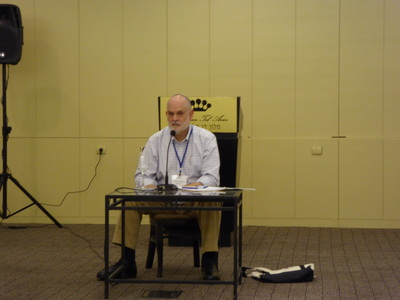


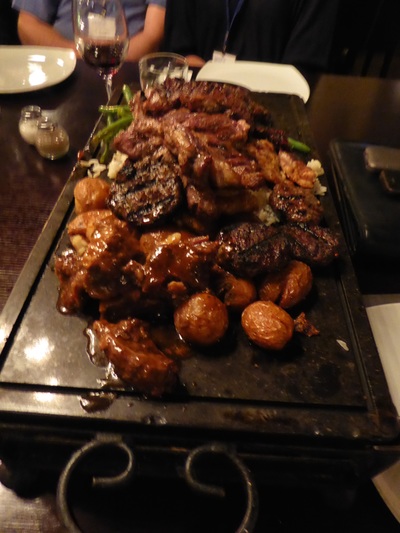
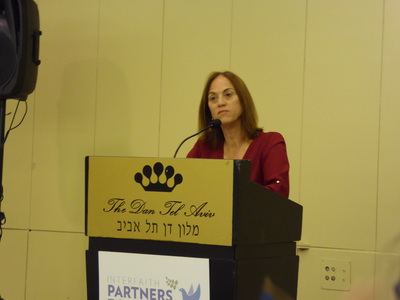
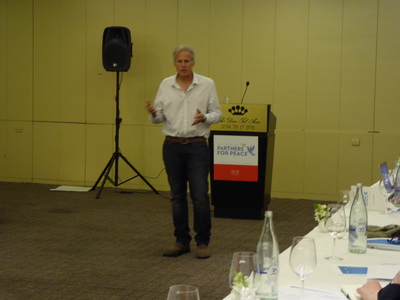
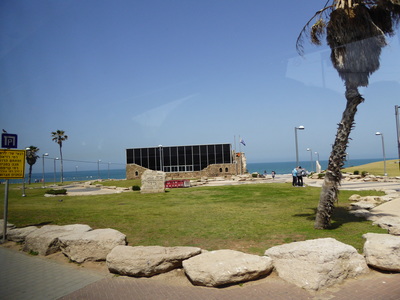
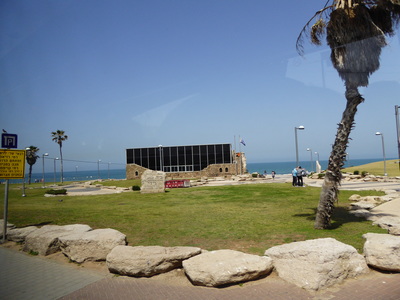
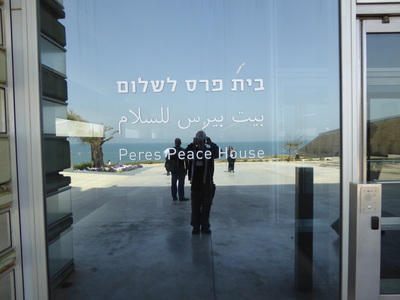

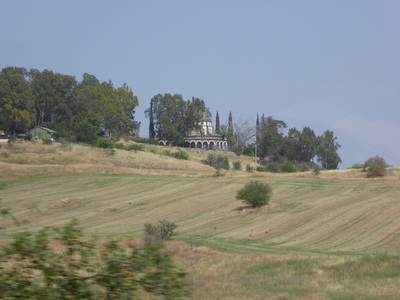
 RSS Feed
RSS Feed